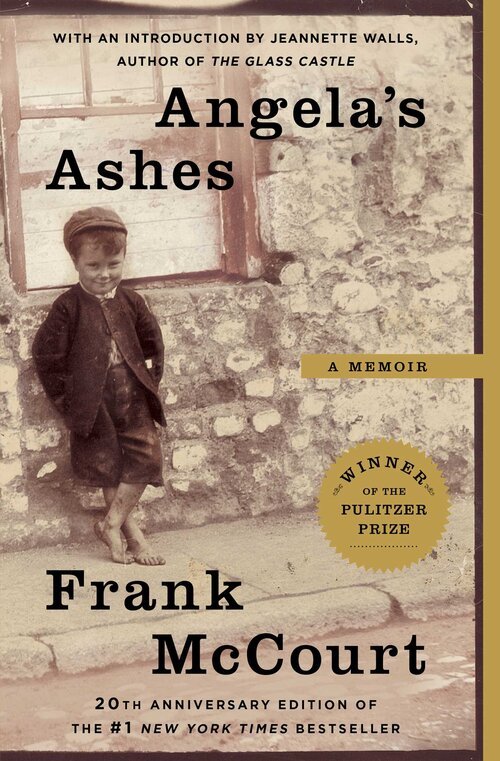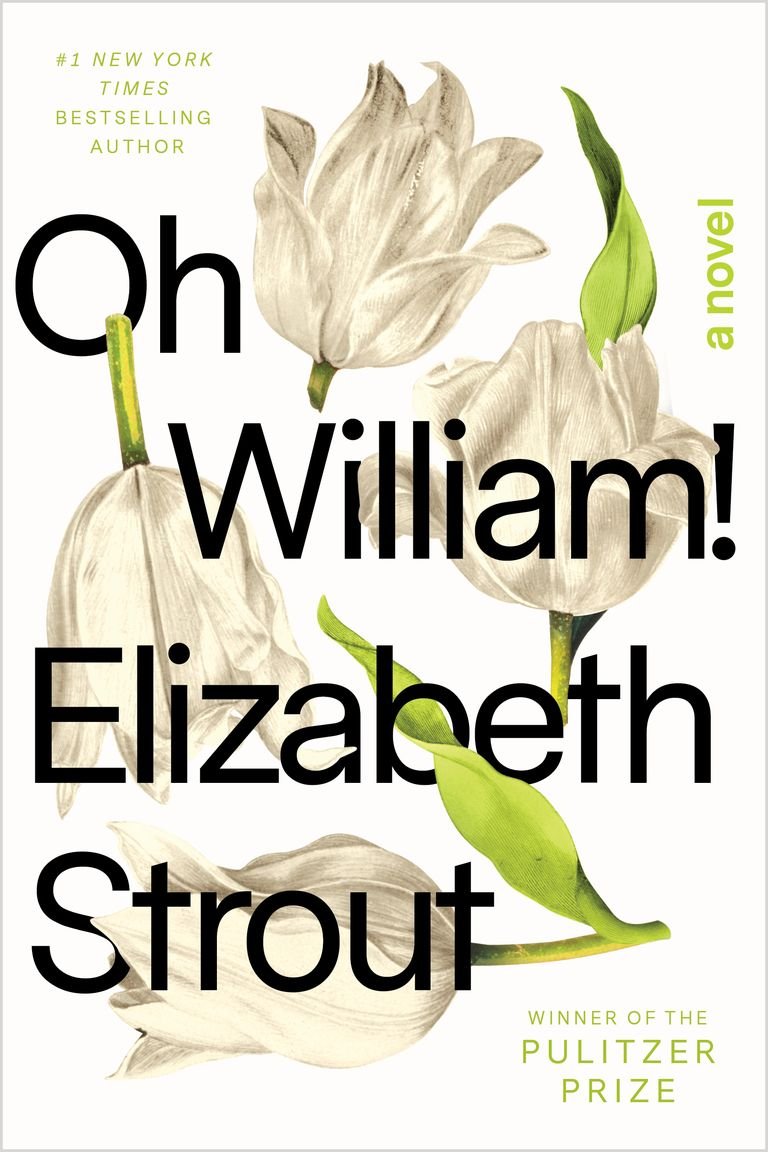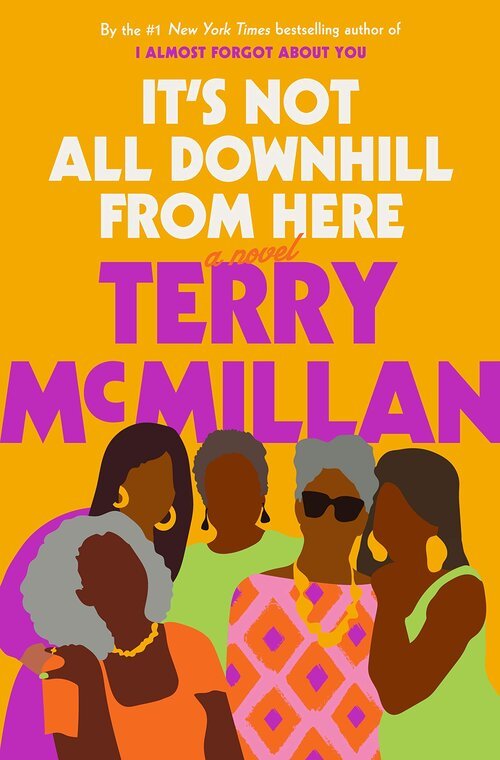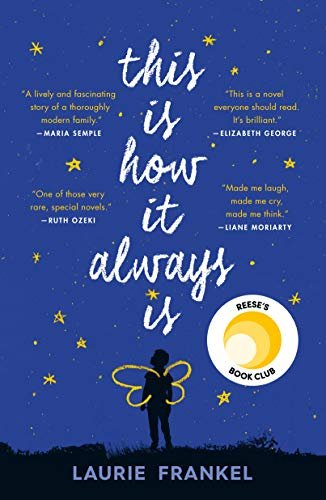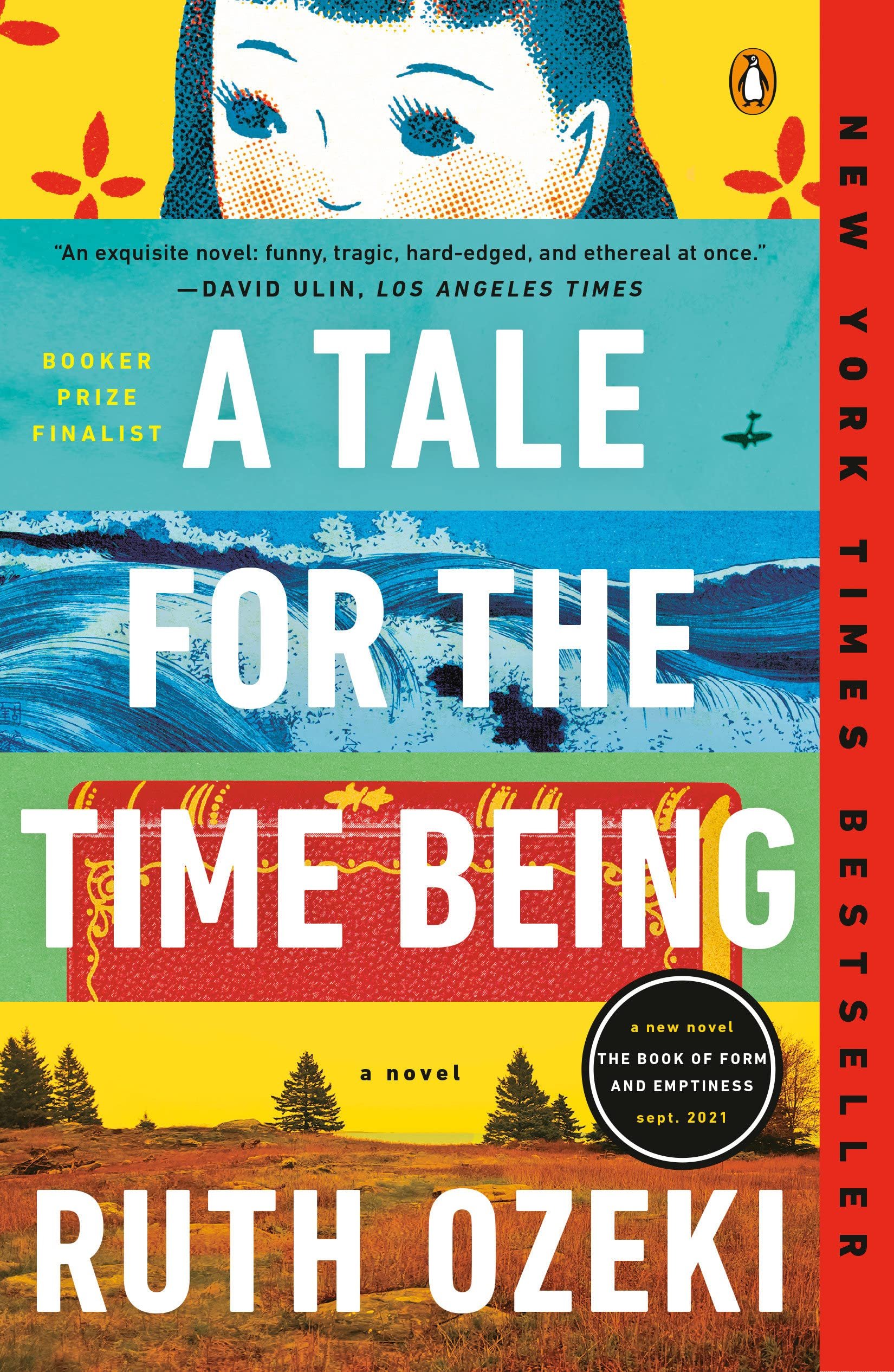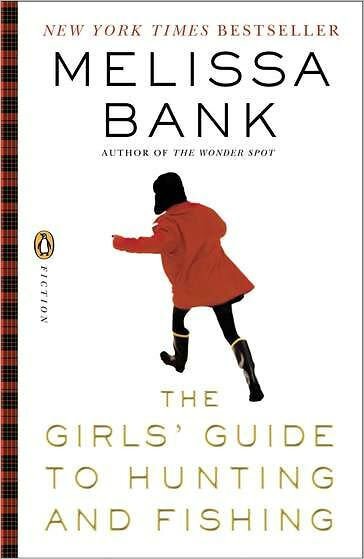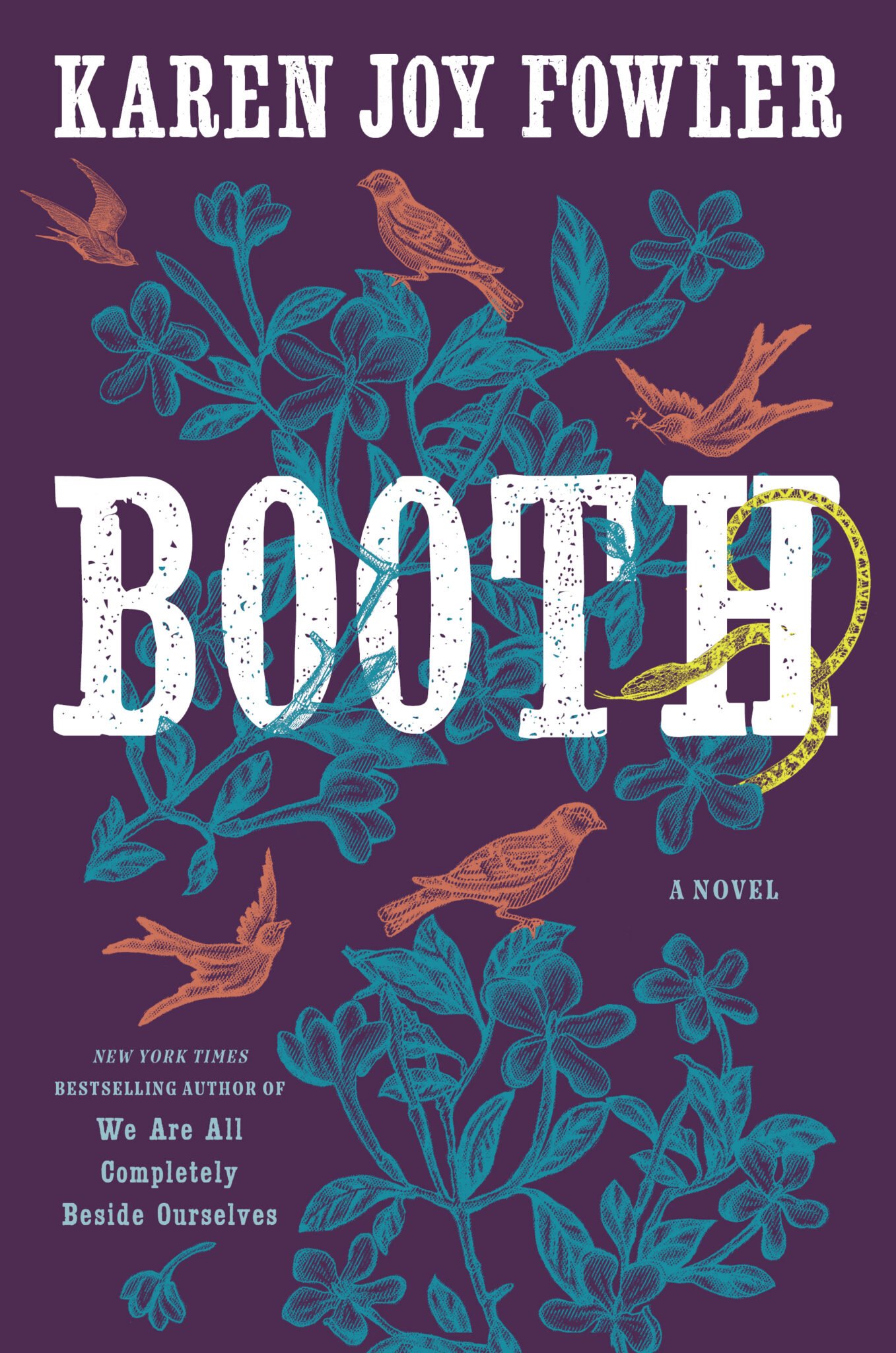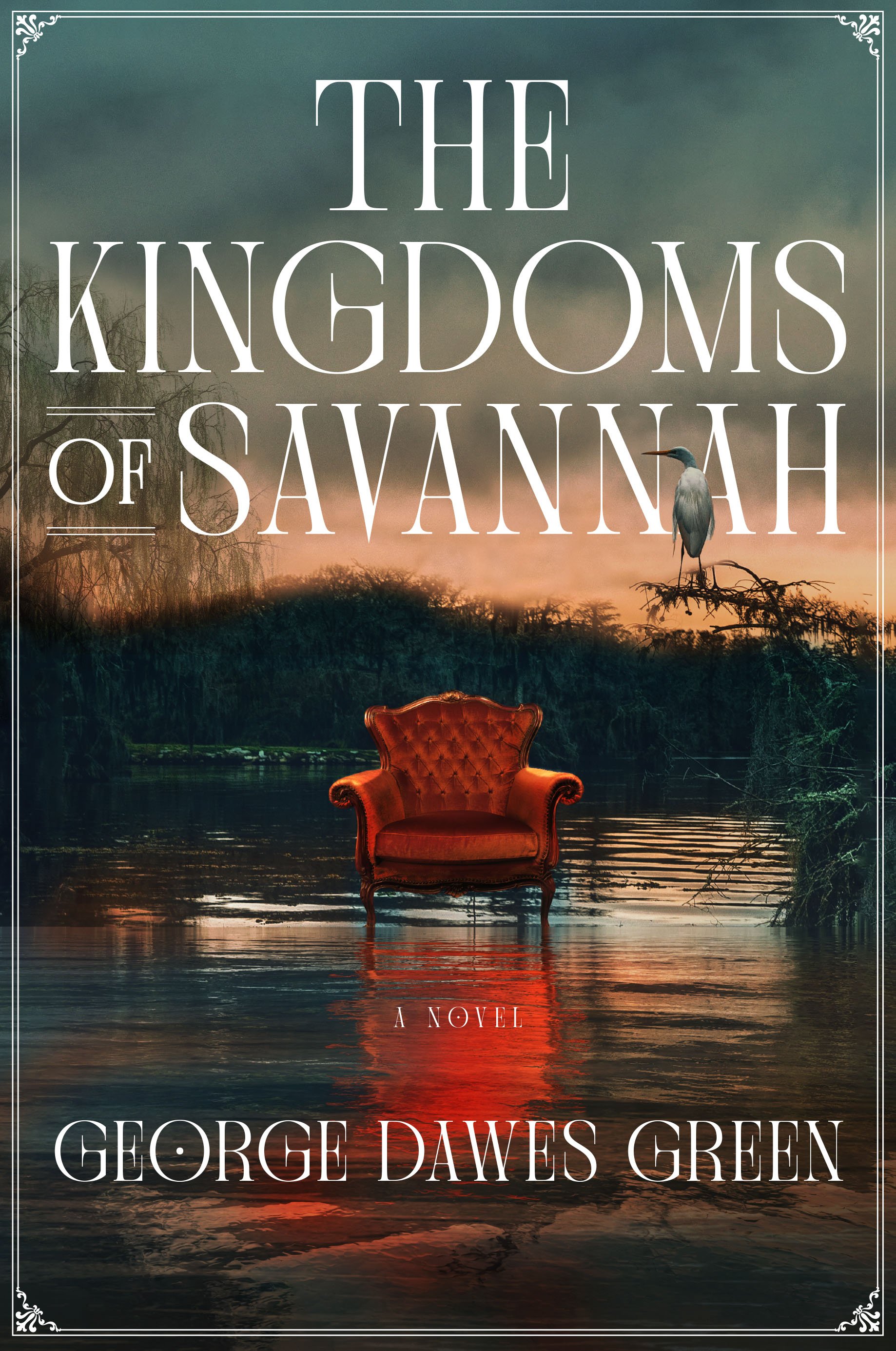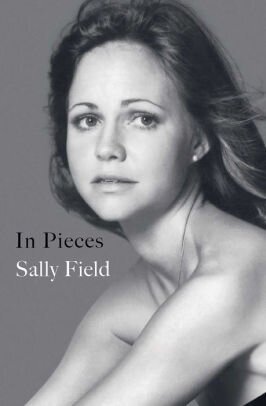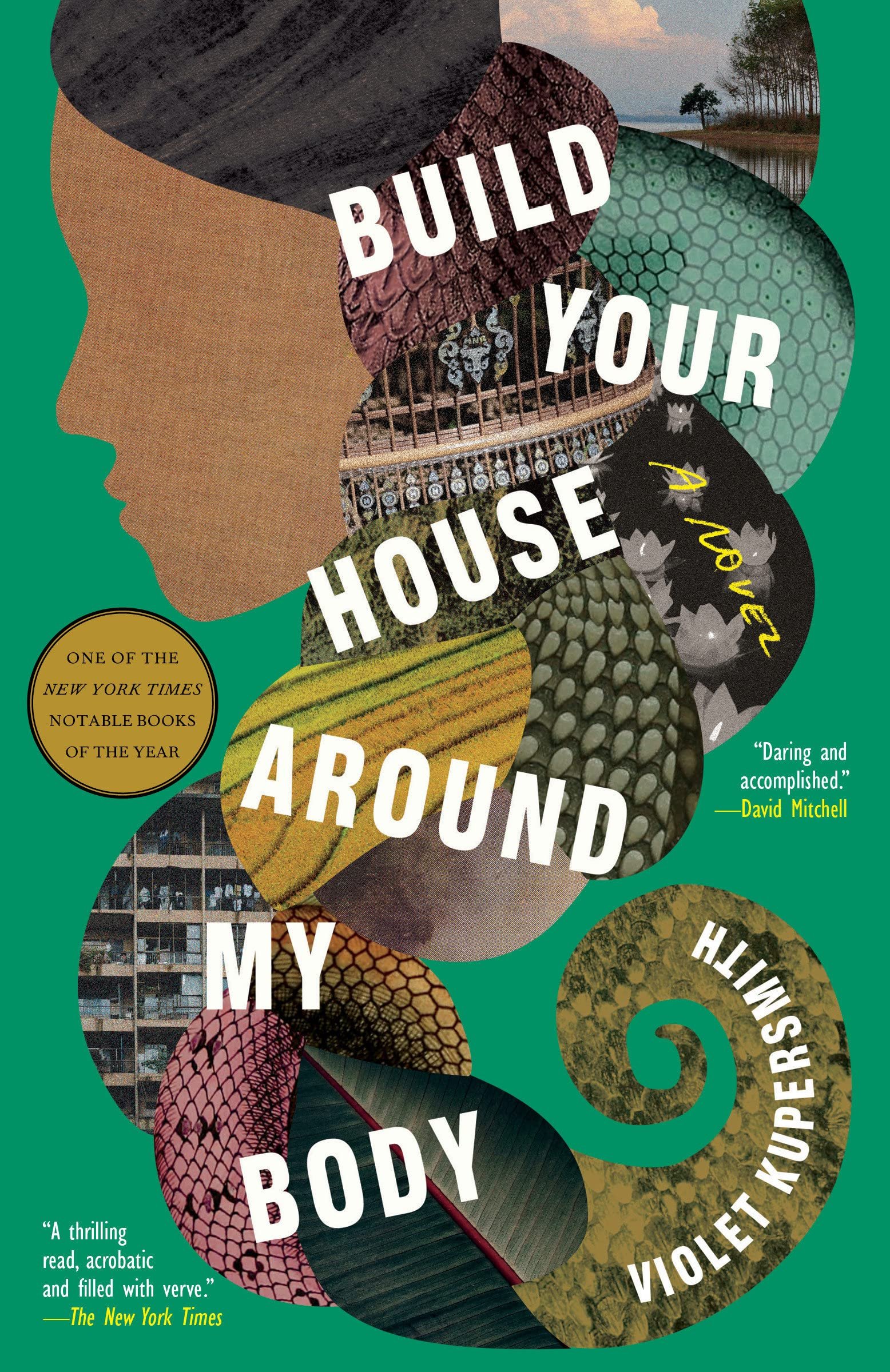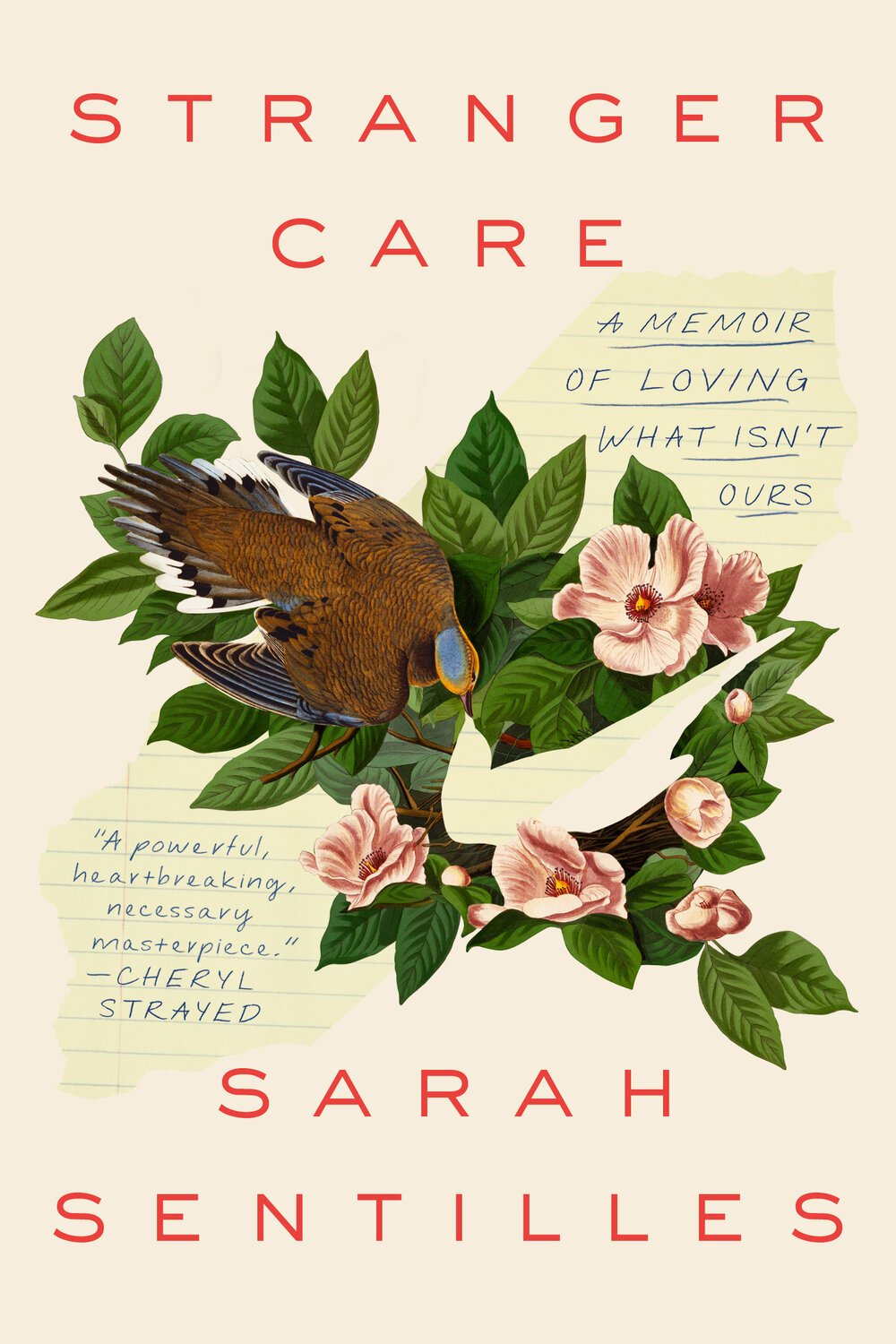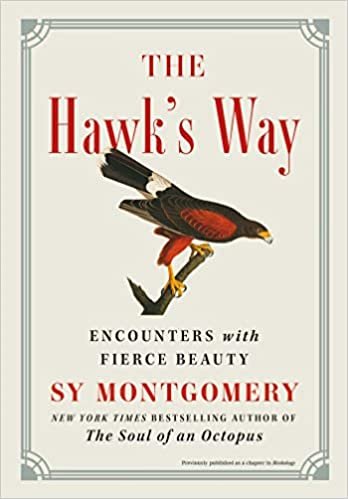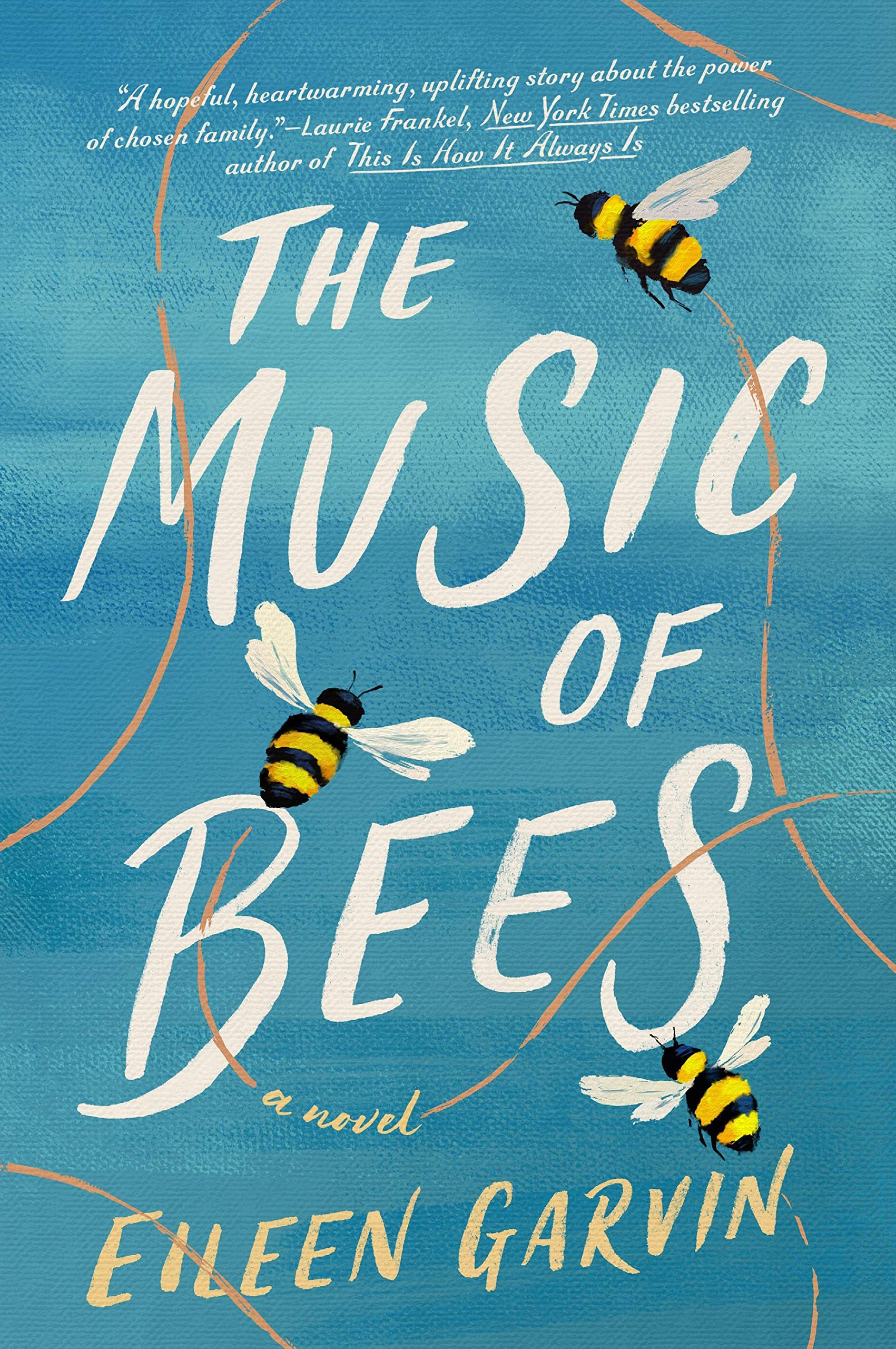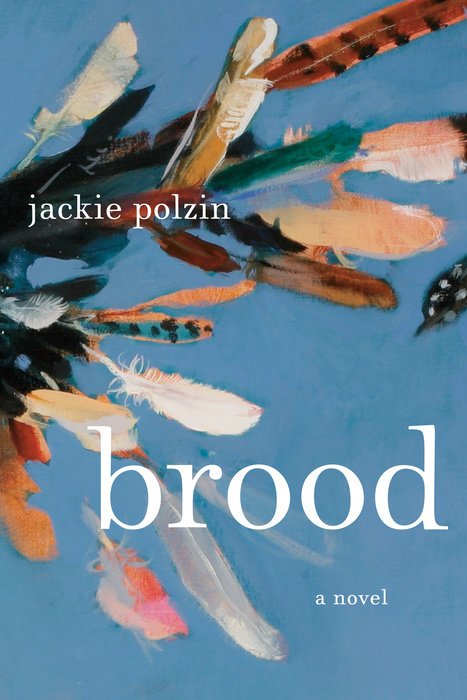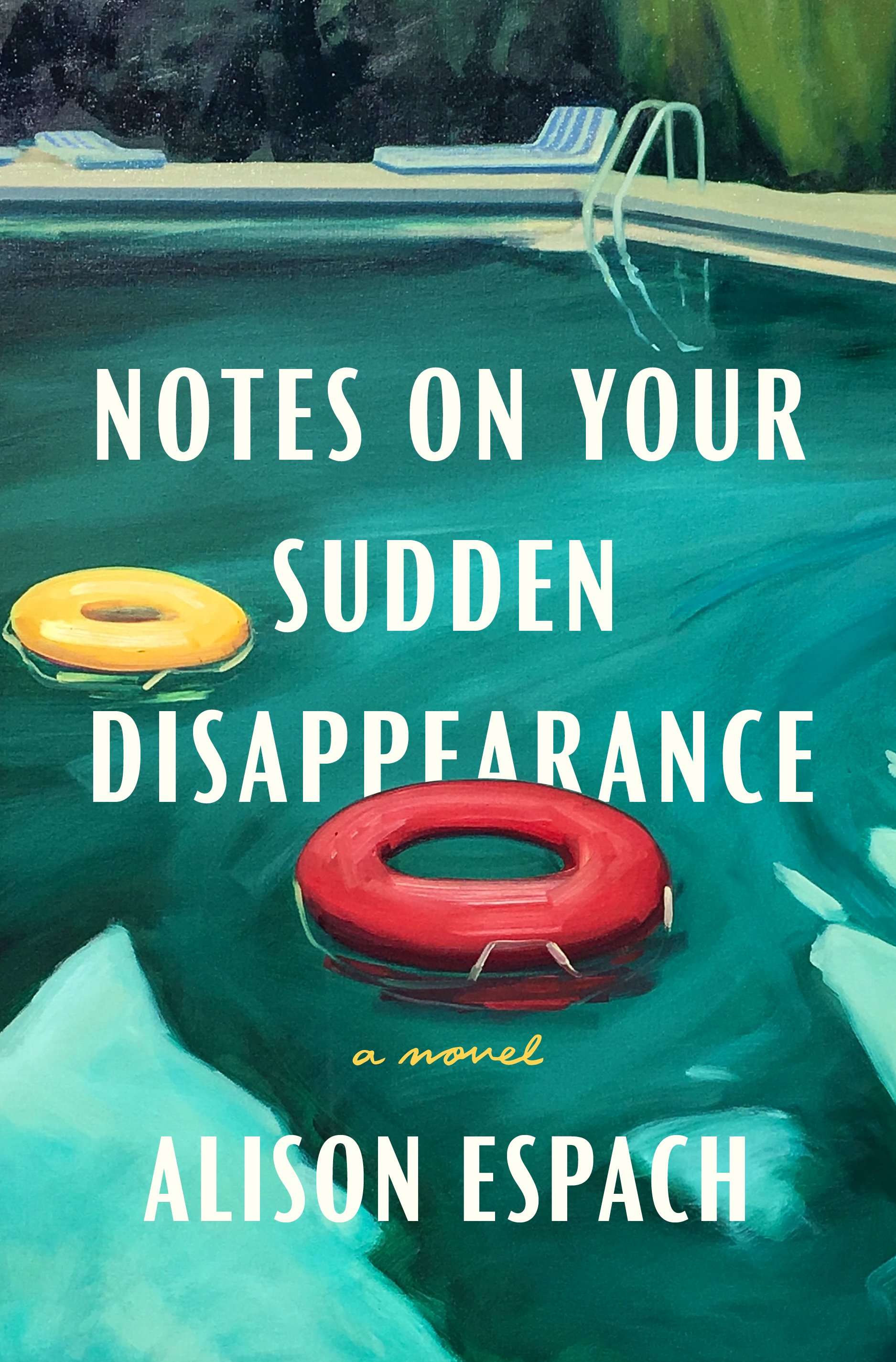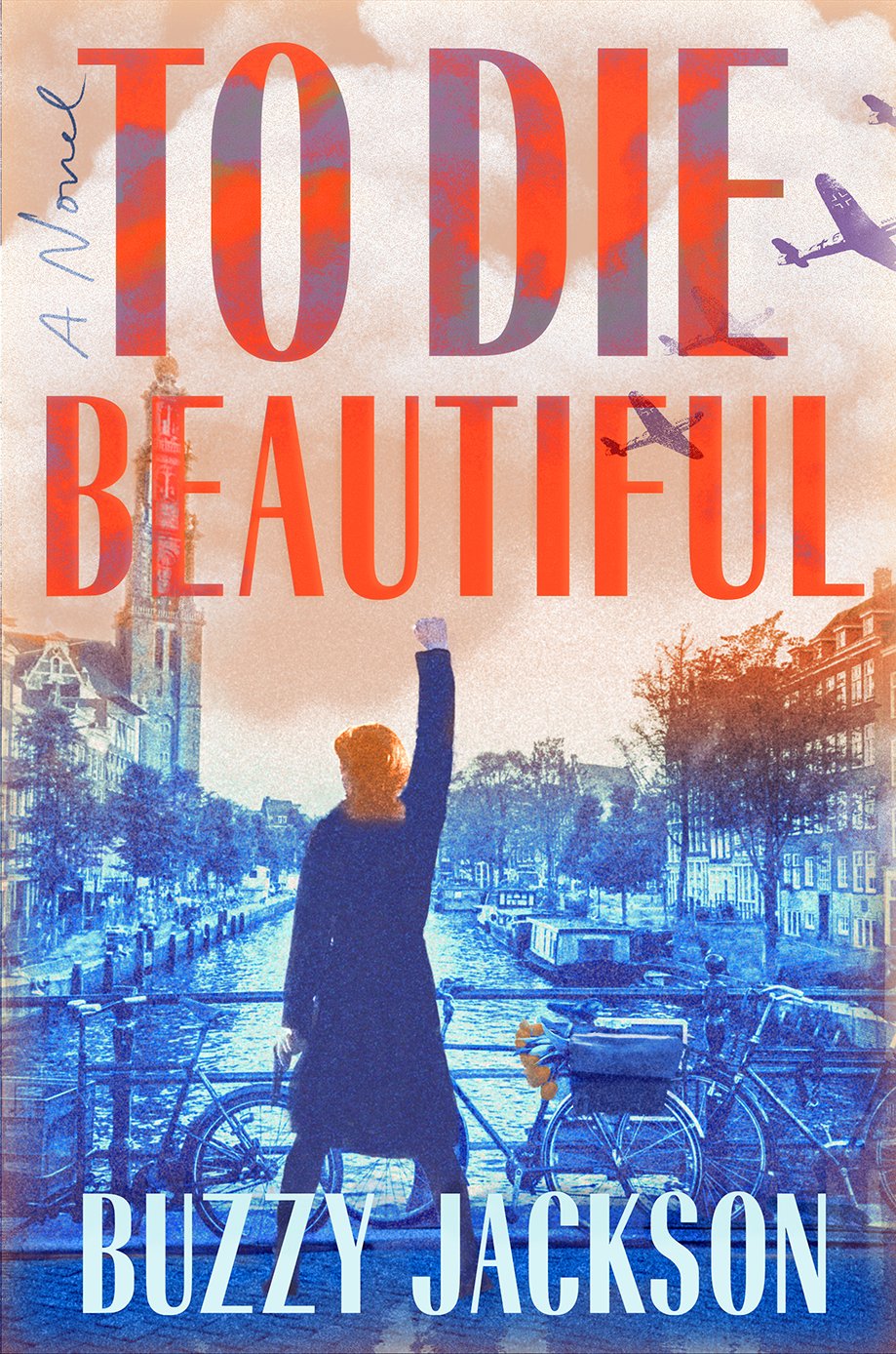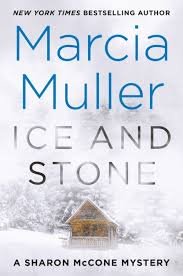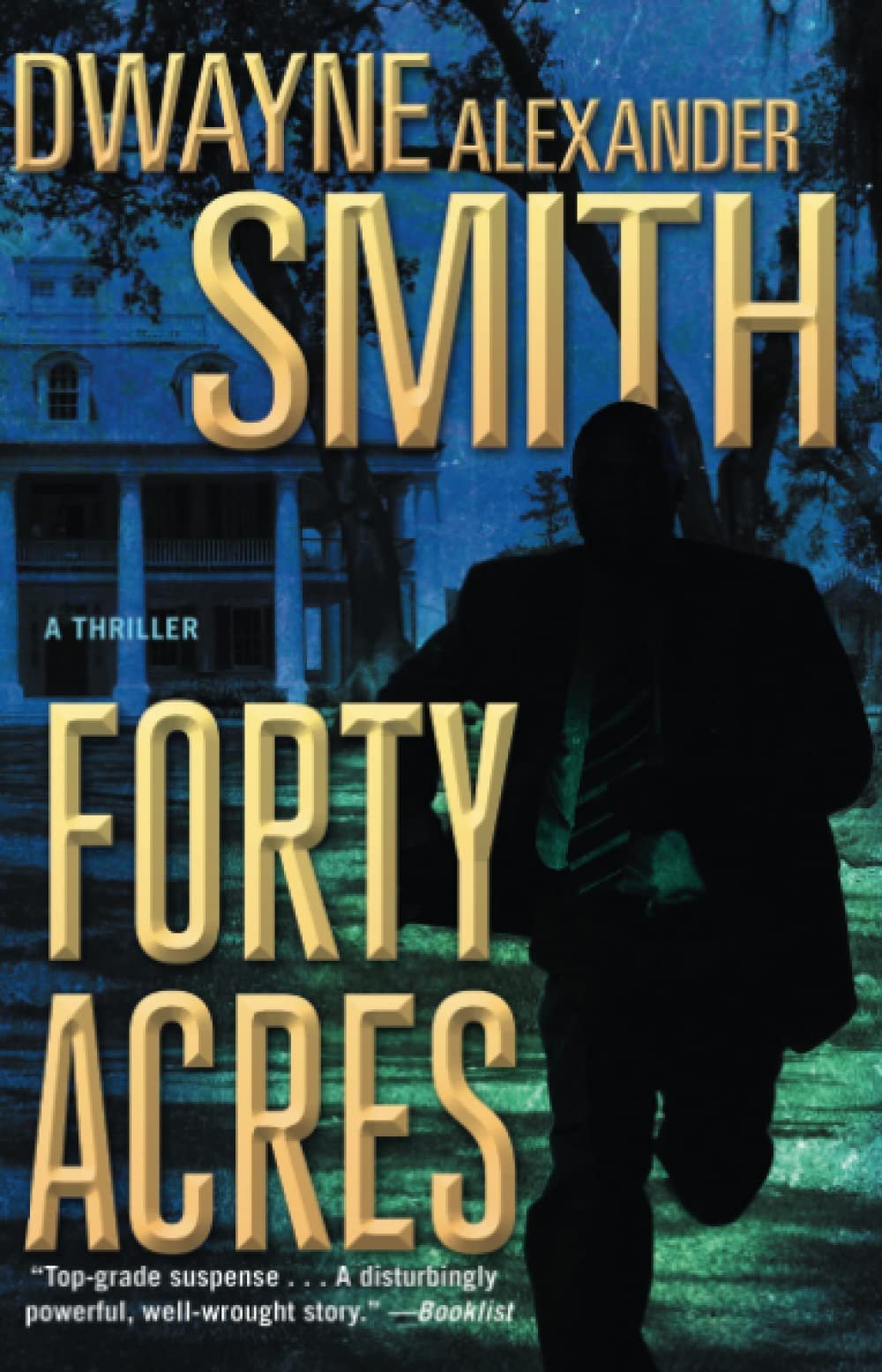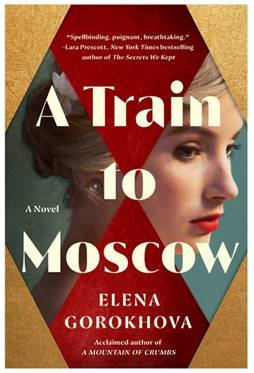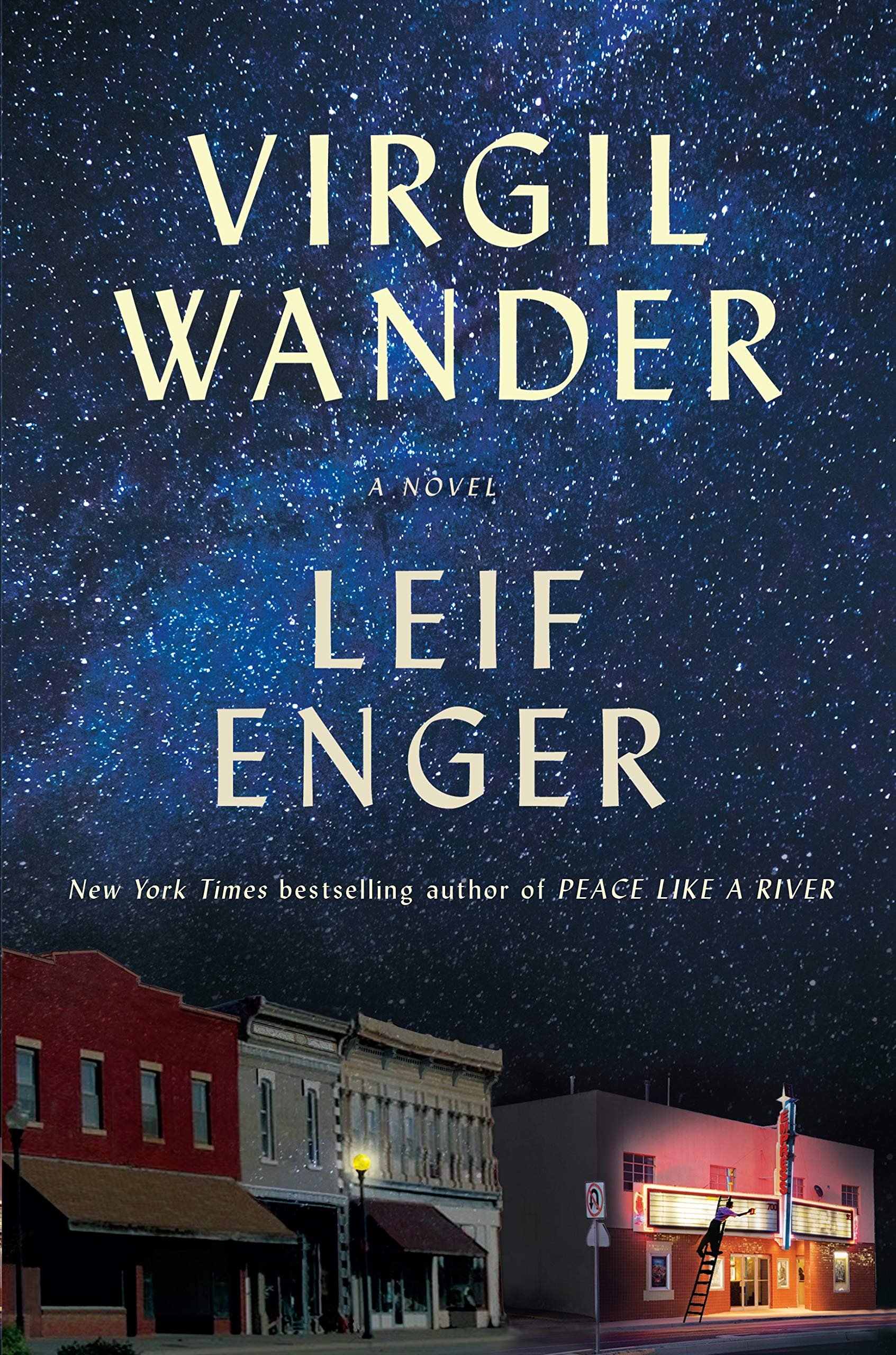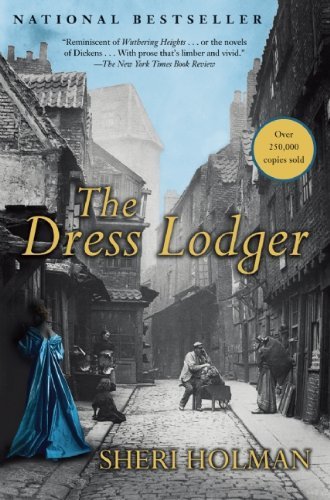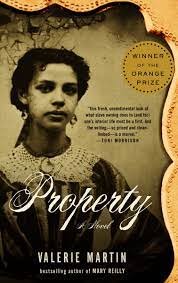Molly Friedrich, President
My greatest four a.m. fear as an agent is that I might have turned away ULYSSES but I’d never have missed A PASSAGE TO INDIA. Forty years ago, I’d have leapt to sell anything that wasn’t nailed down; over the years I’ve become more selective. Once starving, I’m now rarely hungry. That said, I’m still looking for the debut novel that is irresistible, for the non-fiction proposal which alters the way I see the world. I’m a fairly catholic, straight-ahead reader; I don’t flourish without well-rounded, declarative sentences!
Five non-agency books that I loved: BLACK SWAN GREEN, anything by Michael Pollan, THERE IS NO ME WITHOUT YOU, THE BRAIN THAT CHANGES ITSELF, A GENTLEMAN IN MOSCOW.
Select Titles
Q&A
1. What was a book that represented your childhood, teenage years, and adult life (so far)?
It’s never been really radiantly clear to me just why we all remember our favorite children’s books so vividly. Is it because the experience of reading was once so fresh, so unencumbered by endless comparisons? Is it because we once lacked a certain knowing cynicism, what we’d perhaps today call a seasoned and hyper-critical judgement? Once you graduate from illustrated books to “chapter” books, the whole reading world splits open, doesn’t it? Is there a greater pleasure than immersively reading a book, looking up hours later, foggy-eyed and dim, having visited the inside of someone else’s imagination?
I actually know very little about Frances Hodgson Burnett, which is perhaps insulting to her, given the joy she once passed along to me as an impressionable young girl. I know she was born smack in the middle of the 19th century, that she lived first in northern England and moved soon enough to Tennessee of all places. Born amongst a crowd of siblings, her father died when she was just three years old and by the time Frances was in her early twenties, her mother had died as well. To make money and support her family, she began writing stories at age nineteen, not the liveliest profession for an unmarried young woman. Altogether, Frances Hodgson Burnett published many short stories and novels, some of them serialized as was popular in her time. I’ve only read three of her novels: we can dismiss LITTLE LORD FAUNTLEROY with immediate dispatch: he was a boy and I was a girl, end of story. Two of her other novels, however, A LITTLE PRINCESS and THE SECRET GARDEN, well, I remember them both as if I’d finished them just the night before last.
The story of Sarah Crewe, who is the little princess of the title, and her father’s lost diamond mines is indeed hopelessly sentimental, nearly maudlin beyond repair. Still, most eight-year-old girls maintain steadfast tender spots for orphans and so, Sarah’s adventures endure: a four-pence coin found in the icy gutters of London, yielding six hot buns to which she donates five to a child even hungrier than herself! Ram Dass’ escaped monkey skittering over the glassed skylights of London! Miss Minchin’s appalling sycophantic behavior which of course becomes monstrously craven once she learns that Sarah is penniless! Becky, our scullery maid who falls asleep in Sarah’s suite of rooms, warmed by the fire logs crackling merrily nearby? All of these scenes, they are such strong, undiluted memories of my first encounter with A LITTLE PRINCESS, and honestly, what a profound compliment to the author, that I can recall any detail at all, some sixty-two years later!
None of these heart-melting remembered scenes can possibly rival my enchantment with Frances Hodgson Burnett’s later novel for kids, THE SECRET GARDEN, published six years later, in 1911.
Yes, we’ve got yet another orphan in Mary Lennox, but Mary is infinitely more interesting than the cloyingly good-hearted Sarah Crewe. Mary has suffered the malignant, colonial neglect of her rich parents who’ve just died in India from the cholera epidemic as the novel opens. Mary is spoiled and disagreeable—pale and cranky, lacking any possible inner reserves of self-sufficiency—she’s been shipped off to the moors of Yorkshire, to be looked after by Archibald Craven, a lonely and distracted uncle. To coax a reader into falling in love with an essentially unlovable character, surely that’s a great feat on the part of any writer! There are, of course, all kinds of shenanigans going on at Misselthwaite Manor: there’s Colin, a fussy kid who’s convinced he’s going to die and who sobs into his pillow nearly every night. There’s the heady contrast of Martha’s brother, Dickon—radiantly healthy, patient and loving, good-natured. He cannot read a word but he can coax any creature in the natural world to do his bidding. As we watch the seasons pass, so we watch these three children heal by the magical forces of nature. Mary Lennox heals. Colin heals, the secret garden—led to Mary by a robin—comes to life over the course of a dormant Yorkshire winter.
So where are we, all these years later? Nature still heals and resuscitates the world-weary soul. Kindness towards others remains a balm, a lifetime habit to cultivate once you’ve witnessed its simple, random power. These are the unwitting gifts of THE SECRET GARDEN.
Ps: One really never knows what sinks in. You read a book and hope to absorb its best lessons, its most potent message. Certainly, I’ve loved those two books, it’s all true! I do, however, want to tell you one last thing:
When I was about forty years old, my father called me up. He rarely said hello, when something was on his mind, he got right to the point. He asked me, “Have you ever heard of a book called, THE DUCHESS BAKES A CAKE?” I thought for a moment, wanting to please him but had to admit, no, I didn’t recognize this title. He persisted, “Are you sure?” “Yes, I’m sure! Why do you ask?” He then told me that for the entire year I was three years old, I’d been so obsessed with this book, he’d read it aloud to me every single night. Every. Single. Night. He was so dispirited that I had NO recollection of it, nada!
So about five years ago, I decided to find this book. It’s written and illustrated by Virginia Kahl, published by Purple House Press, out of Cynthiana, Kentucky, copyrighted in 1955. Dear reader, it’s a wonderful book, I’m so happy to report that even at the august age of three, I was showing promising signs of good reading taste! I won’t go into the insane plot but several things strike me: first of all, it’s about passion and energy—the Duchess has thirteen children, all girls. “The Duke spent his time either resting or fighting and the Duchess did reading, or spent her time writing.” One day, in a fit of ennui, “She had listened to minstrels for many an hour. She was bored with embroidery, tired of talking,” the duchess decides to bake a cake, “A lovely light luscious delectable cake.” It’s the zeal and enthusiasm of the writing that must’ve stirred me, as I listened to the recitation of ingredients, “She stirred the ingredients, all in a flutter, In went the sugar and flour and butter, In went the almonds, the raisins, the suet; She added some vinegar and dropped in the cruet. She added the yeast, six times for good measure. (A light fluffy cake is really a pleasure.) She added some eggs, several dozen, well-beaten, And some left-over pudding that they hadn’t eaten. Bilberries, gooseberries, cranberries, bogberries, Blackberries, mulberries, burberries, dogberries; Peppermint, cinnamon, laurel and squill, Wintergreen, nutmeg, angelica, dill.” On and on and on! Such language! Such delicious excess, such derring-do and such high spirits!!
I won’t of course tell you how this cake turns out, you’ll have to order your own copy from Cynthiana, Kentucky! Somehow, however, the richness of this writer’s language must’ve made its way into my insistent brain and so perhaps my father hadn’t been wasting his time, we’ll never really know!


